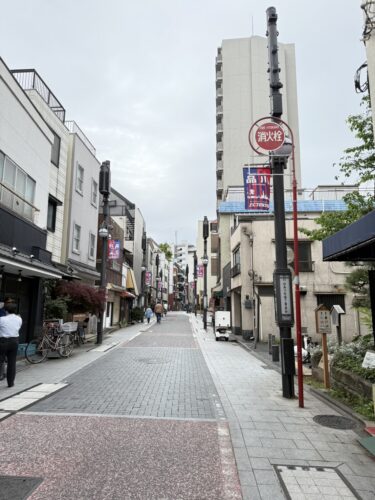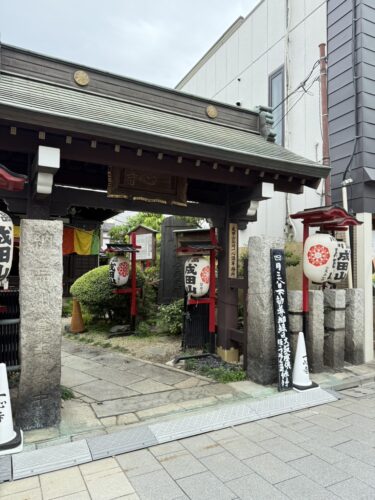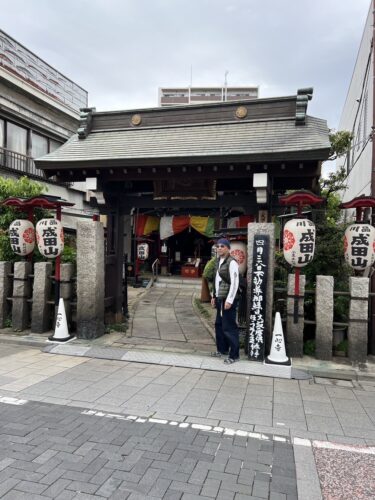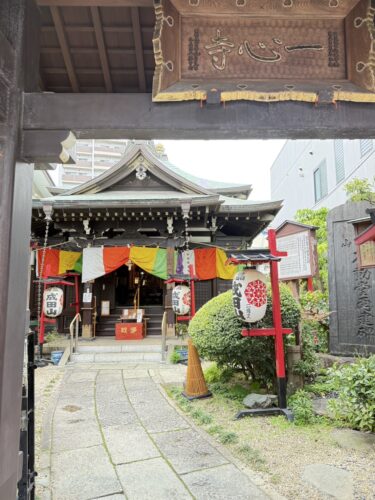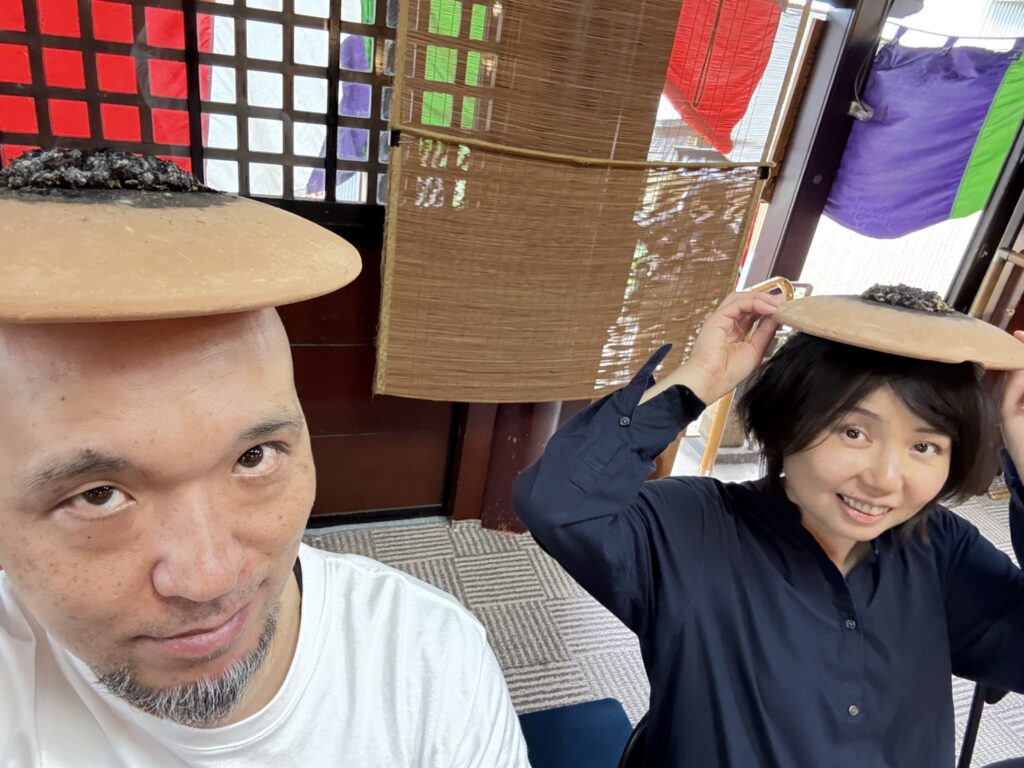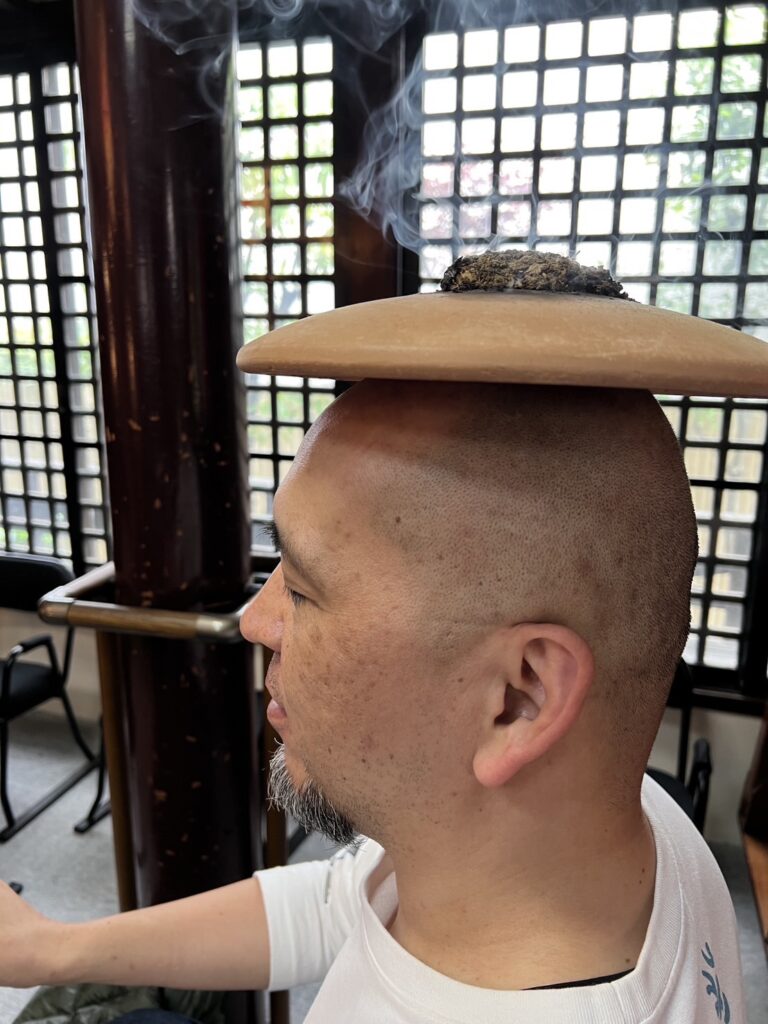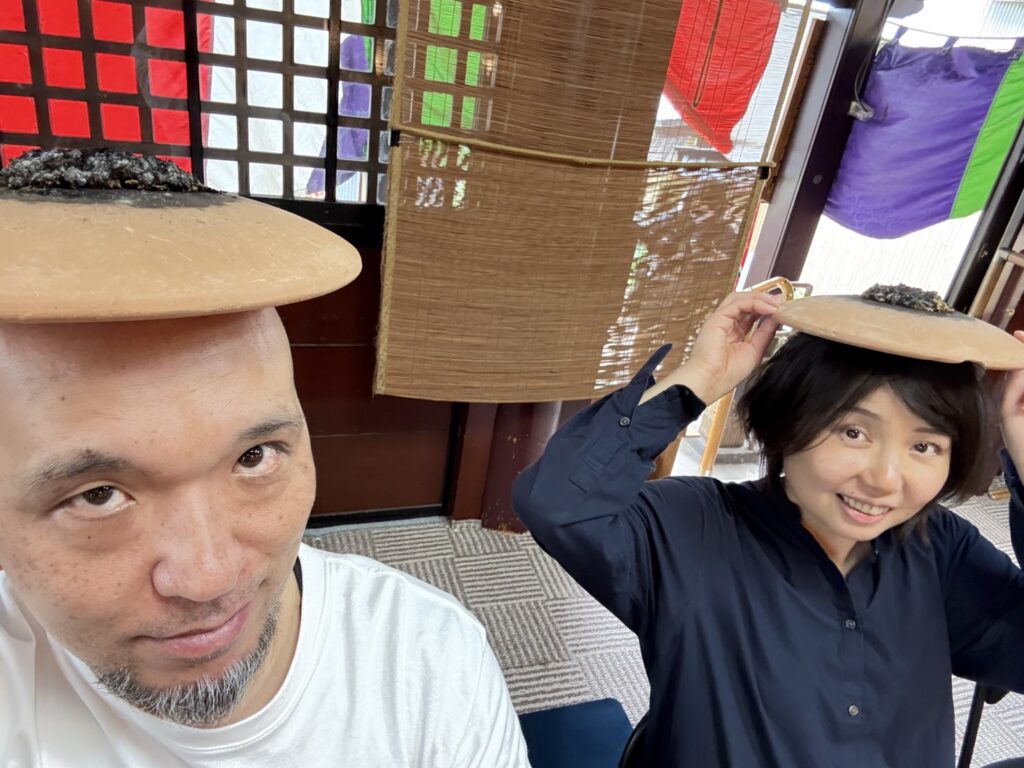
今日は、北品川にある「一心寺(いっしんじ)」へ「焙烙灸(ほうろくきゅう)」を受けに行きました。
https://shinagawa-kanko.or.jp/spot/isshinji/
北品川は、江戸時代に整備された主要の大きな街道のうちの一つ「東海道(とうかいどう)」に設置された宿場のひとつが残されています。
東海道は、東京の日本橋を起点に始まり、53の宿場を抜けて京都へ向かう大きな街道です。
北品川は、1番目の宿場町として栄えました。
今も、ゲストハウスなどがあり多くの旅人が世界中から集まり、宿場としての雰囲気を今に残しています。
品川宿(しながわしゅく)にある一心寺では、毎月28日に焙烙灸(ほうろくきゅう)が体験できます。
焙烙灸の由来は諸説ありますが、一つは、戦国時代(年代)の武将が、夏バテをした時に自らの兜の上からお灸をしたところ全快した、という話から、焙烙(ほうろく)と呼ばれる素焼きの皿を頭の上に乗せ、その上で大きな艾(もぐさ)を燃やして、頭痛や夏バテの回復、あるいや予防、ボケ防止、脳卒中防止などに庶民の間で広まったと言われています。
古代の日本では、医療は天皇家や貴族たちのためのものでした。
しかし、仏教を学んだ僧侶たちが、民衆を救うために釈迦の教えを説きながら、お灸や薬草の知恵を伝えて歩いたと言います。
その一人「空海(くうかい:年代)」は、特にお灸を広めて歩いたという話から、各地のお寺で夏至の頃に執り行われる行事のひとつととしてお灸を行う寺が今も僅かですが残されています。
焙烙灸も、そんな寺で行われる伝統灸療法のひとつです。
ただ、時代と共にこの焙烙灸をする寺は減っています。
また、夏至や土曜の丑の日などの決められた期間での行事であることが多いため、体験するには場所と時間が限られてしまいます。
そんななか、北品川一心寺のように毎月28日の縁日に執り行われているのはとても貴重だと思います。
品川駅から徒歩でも行ける距離ですし、バックパッカー宿や料理屋などもたくさんある楽しい街です。
ちょうど今は、春の土用(どよう)ですから、我々夫婦の体調を整えるためにもピッタリでした。
土用(どよう)は五行論(ごぎょうろん)に基づく考え方の一つで、四立(しりゅう)つまり立春、立夏、立秋、立冬の前18日の期間、季節の変わり目の期間を指します。
4回ある中でも夏の土用が一番エネルギーが強く、人や自然界に影響力が大きいので、特に夏の土用に養生するという考え方が定着していますが、春にも秋にも冬にも土用はあります。
ぜひ、その頃に東京へ滞在しているのなら、焙烙灸を受けて旅の疲れを癒して帰ってください。
焙烙灸(ほうろくきゅう)+祈祷+食事(お弁当)セット
5000円の初穂料です(2025年4月現在)
伝統医学を愛する我々としても、この焙烙灸が失われずに、後の世にも受け継がれて欲しいと願っています。
北品川 一心寺
東京都品川区北品川2-4-18
https://shinagawa-kanko.or.jp/spot/isshinji/
“Spring Doyō and Hōroku-kyū”
Today, we went to Isshinji(Temple) in Kita-Shinagawa to receive a traditional treatment known as Hōroku-kyū (焙烙灸).
Kita-Shinagawa still preserves part of its history as one of the post towns established along the Tōkaidō (東海道), one of the major highways developed during the Edo period.
The Tōkaidō starts at Nihonbashi in Tokyo and stretches all the way to Kyoto, passing through 53 official post stations.
Kita-Shinagawa flourished as the very first post town along this route.
Even today, the town retains the atmosphere of an old traveler’s stop, with guesthouses and inns welcoming travelers from all around the world.
At Isshinji in Shinagawa-juku, you can experience Hōroku-kyū on the 28th of every month.
The origins of Hōroku-kyū are debated, but one popular story dates back to the Sengoku period(1467-1590).
It is said that a warlord, suffering from summer fatigue, placed a burning moxa ball on his Kabuto(helmet) and miraculously recovered.
Inspired by this, people began placing an unglazed clay plate called a hōroku on their heads, burning a large mound of moxa (mugwort) on top.
This practice spread among the common people as a means to recover from or prevent headaches, summer fatigue, senility, and even strokes.
In ancient Japan, medical care was primarily reserved for the imperial family and the nobility.
However, Buddhist monks, who studied the teachings of the Buddha, are said to have traveled around teaching herbal medicine and moxibustion to the common people as acts of compassion.
One such figure was Kūkai (空海 774-835), a renowned monk who is especially known for spreading the practice of moxibustion.
Thanks to efforts like his, certain temples across Japan have preserved the tradition of performing moxibustion ceremonies around the time of the summer solstice.
Hōroku-kyū is one such traditional moxibustion ritual still practiced today.
However, over time, the number of temples that perform Hōroku-kyū has dwindled.
Moreover, because it is typically held during limited periods such as the summer solstice or the “Day of the Ox” (Doyō no Ushi no Hi), opportunities to experience it are quite restricted.
In this sense, it is especially precious that Isshinji in Kita-Shinagawa offers Hōroku-kyū regularly on the 28th of every month.
The temple is within walking distance from Shinagawa Station, and the surrounding area is full of vibrant backpacker lodges and restaurants—a wonderful neighborhood to explore.
Right now, it happens to be the Spring Doyō period, making it a perfect time for my wife and me to rebalance our health.
Doyō (土用) is a concept based on the Five Element Theory (五行論 Gogyo-ron) and refers to an 18-day transitional period before the beginning of each of the four seasons (Risshun, Rikka, Risshū, Rittō).
Although there are four Doyō periods each year, the summer Doyō is considered to have the strongest energetic influence on people and the natural world, which is why the tradition of focusing on health during the summer is the most widespread.
Nevertheless, there are also Doyō periods in spring, autumn, and winter, each significant in its own way.
If you happen to be staying in Tokyo around that time, I highly recommend experiencing Hōroku-kyū to heal your travel fatigue before continuing your journey.
Hōroku-kyū + Prayer + Bento Meal Set
Offered for a donation of 5,000 yen (as of April 2025).
For inquiries, please contact the temple directly:
https://maps.app.goo.gl/q7bD9eQhYaYAsffNA
Alternatively, the Shinagawa Tourism Association may be able to assist you in English and other languages:
https://shinagawa-kanko.or.jp/spot/isshinji/
The priests at the temple are very kind and friendly, so please don’t worry.
However, as a temple is a sacred place, we ask that you contact them with proper manners and respect.
When you visit, please observe etiquette similar to when entering a church:
remove your hat, remain quiet, avoid pointing your camera directly at the main altar,
and enter the temple with courtesy and reverence.
As lovers of traditional medicine, we truly hope that this precious practice of Hōroku-kyū will not be lost to time, but will continue to be passed down to future generations.
At Kakikofu (和氣香風), we also offer traditional Japanese moxibustion treatments and moxibustion techniques.
If you are traveling, please feel free to visit us to soothe your fatigue along the way.
We look forward to welcoming you!
Kampo and Shinkyu Clinic Kakikofu
